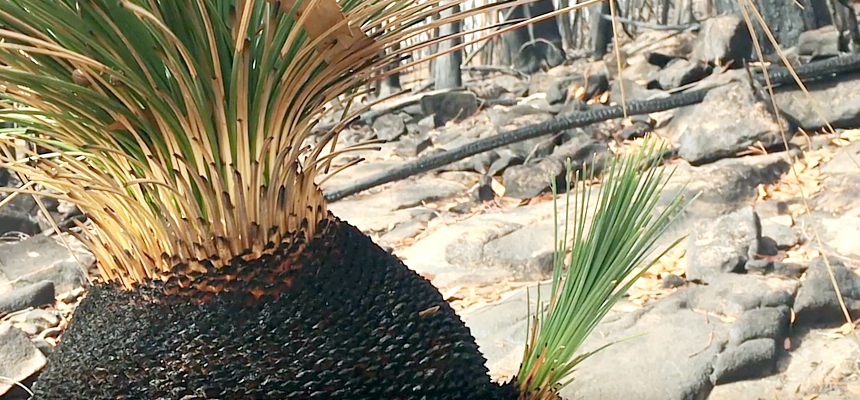
AWPC committee member and long-time wildlife rescuer Chris Lehmann spent three days on the post-fire ground between between Victoria and NSW around Albury and Corryong in early February. Here is his first hand initial report and also a youtube clip from that journey.
The new AWPC committee supports all community efforts to help bring emergency assistance, including food and water drops, to fire survivors as well as to areas that are so dry that animals have lost their natural sustenance (and that might burn next!)
State governments in Victoria and NSW have yet to take leadership or action on helping the wildlife survivors bar a few well-publiced food drops to endangered wallabies.
Landholders and the wider community, including volunteers from overseas are leading the way with generosity and dedication.
A 2nd report from the Corryong Fire Grounds, February 2020.
(Click above text to link to the written post on the Kangaloola Wildlife Shelter Inc. Facebook page.)
We were searching for life.
Mt Mittamatite is a local mountain forest covering about 100 square kms. There might have been 100,000+ furred and feathered animals living on just Mt Mittamatite. Now, 30 days later, as a result of daily searches (over the last few weeks) well into the early hours of the morning, a local wildlife carer estimates there is 50–100 animals surviving there.
He has identified the very few patches of forest that have enough cover and dregs of food for survival and has committed to providing water and food for those few survivors. Those 50–100 kangaroos, wallabies and wombats will be the genesis of the recovery of the mountain.
Life is there, we found it — but the lack of water and good food is too real.
We need to support these animals for a few months. On Tuesday we [sent] 30–40 bags of carrots up to Bellaboo Wildlife Shelter who will lead the water station and food drop effort.